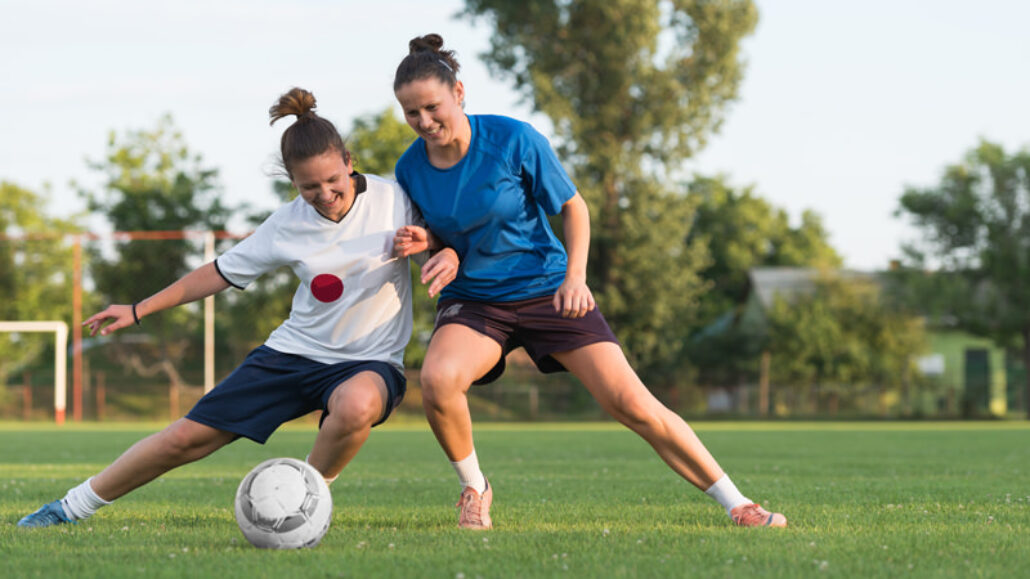Soccer is a lively team sport that encourages children to cultivate the active habits of a healthy lifestyle. We’ve got some information about common soccer injuries to increase your awareness and help you to take steps that can keep your child safe on the field.
Soccer is internationally beloved—and the fastest-growing team sport in our country. Young soccer players develop balance, agility, and coordination, and hone teamwork skills—all talents that contribute to a vibrant life.
The Summit sports medicine team works regularly with soccer athletes competing at every level. Our patients include aspiring youngsters and seasoned players. We know that injury prevention through proper training, early injury detection, and prompt treatment are the best ways to keep our players healthy and actively competing in the sport they love. Education about injury prevention is a must. Here’s what you need to know about the most common soccer injuries we treat:
- Lower extremity injuries. Leg, knee, and foot injuries are the most common soccer injuries. Sprains, strains, fractures, and contusions are common. Some damage, like a kicked leg or twisted knee, is traumatic. Soccer players, and particularly girls, are vulnerable to cartilage tears and anterior cruciate ligament (ACL) injuries that often require surgical repair. We also work with athletes who have gradually developed problematic muscle, tendon, or bone pain through overuse.
- Overuse injuries. Soccer players are prone to shin splints, patellar tendinitis, and Achilles tendinitis. Groin pulls, thigh strains, and calf muscle strains are also common. Stress fractures can occur when bones are weakened by overuse, and can be difficult to distinguish from soft tissue injuries.
- Upper extremity injuries. Falls and player-to-player contact cause the common wrist sprains, wrist fractures, and shoulder dislocations we treat.
- Head, neck, and face injuries. We see cuts, bruises, and neck sprains in soccer players. Today, we are especially alert to signs of concussion caused by head trauma. An athlete does not have to lose consciousness to experience concussion. Any time a head injury affects an athlete’s mental state, it’s important to stop play and have your youngster evaluated.
Whenever injury occurs, a player should not resume playing until he or she has been evaluated and properly treated. If pain develops over time and does not go away after a few days of rest, give Summit’s sports team a call. We can evaluate the injury and develop a treatment plan designed to help your athlete recover and return safely to play.
Summit Orthopedics offers comprehensive sports medicine expertise
From Olympians to pro athletes to kids in youth sports and those that just want to be more active—Summit Orthopedics delivers expert care by fellowship-trained sports medicine physicians. If you are recently injured or concerned about ongoing pain, Summit Orthopedics sports medicine specialists have the expertise to evaluate your discomfort and develop a plan to quickly and safely help you get back to being active.
Start your journey to stronger, healthier athletic condition. Find your sports medicine expert, request an appointment online, or call us at (651) 968–5201 to schedule a sports medicine consultation.
Summit has convenient locations across the Minneapolis-St. Paul metro area, serving Minnesota and western Wisconsin. We have state-of-the-art centers for comprehensive orthopedic care in Eagan, MN, Vadnais Heights, MN, Plymouth, MN, and Woodbury, MN, as well as several additional community clinics.
